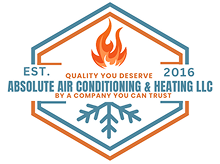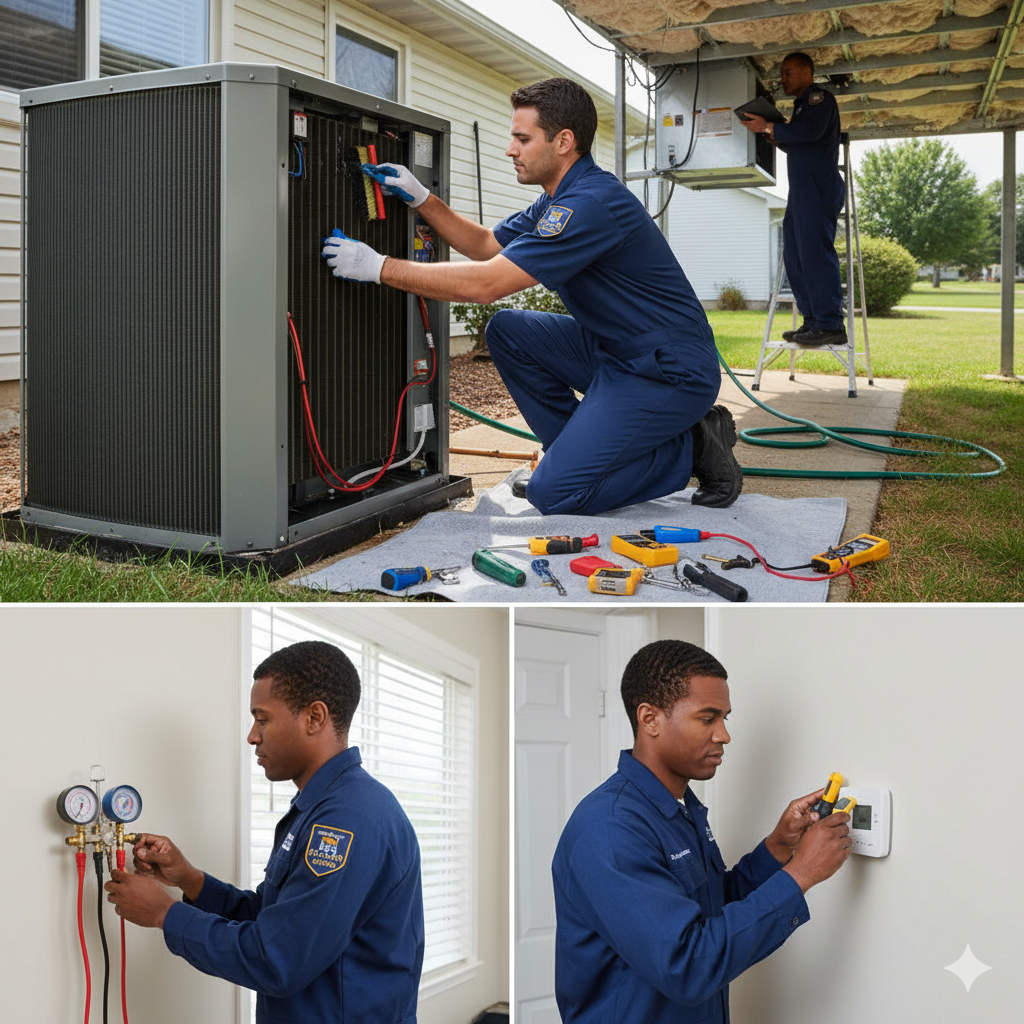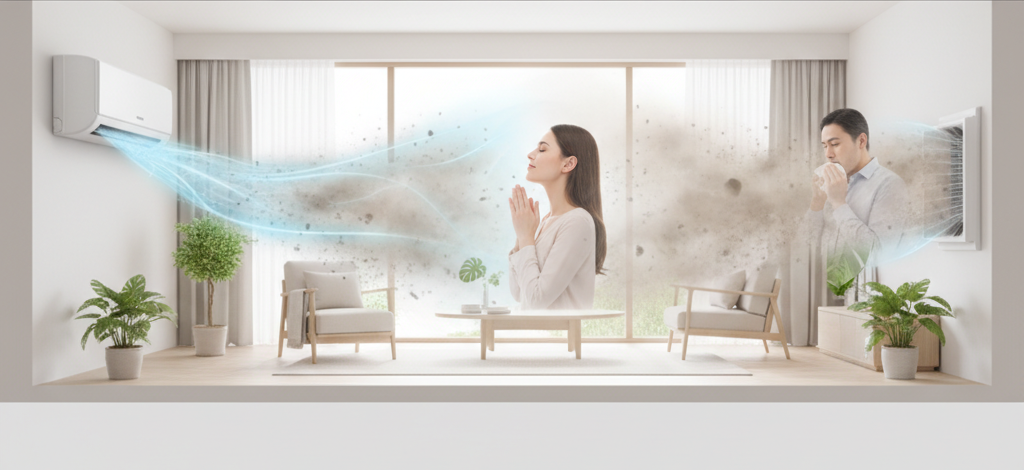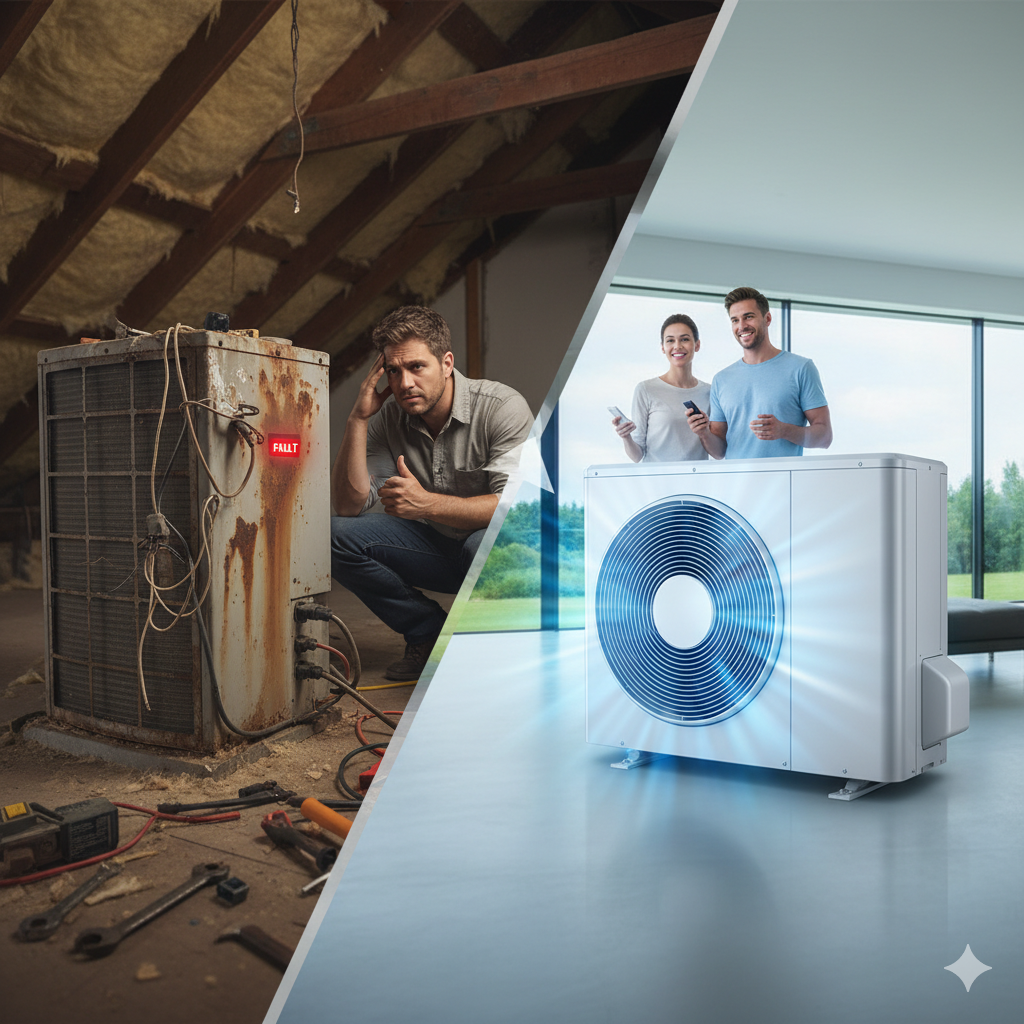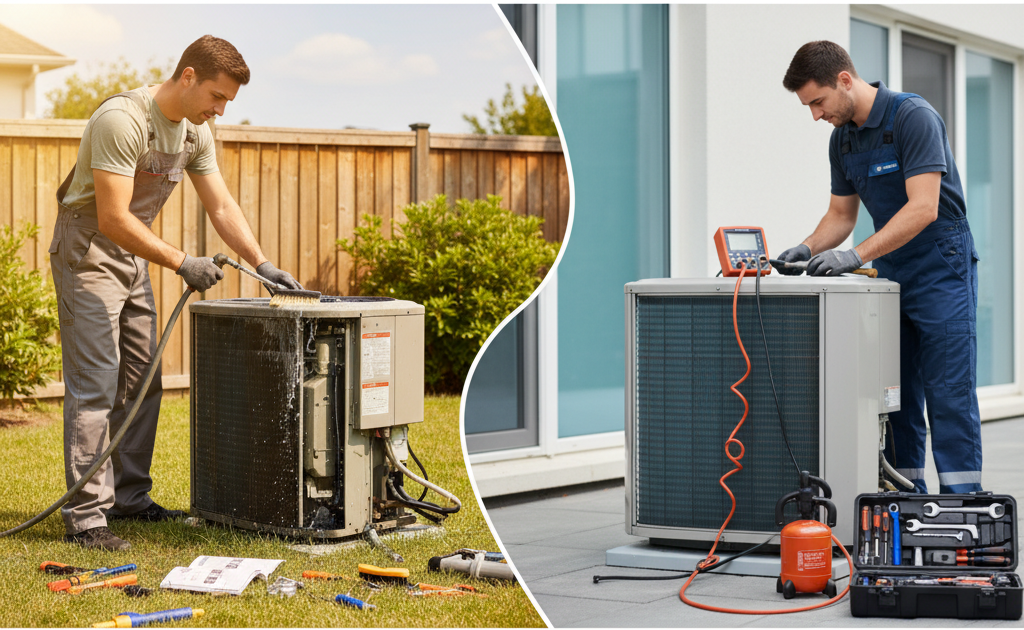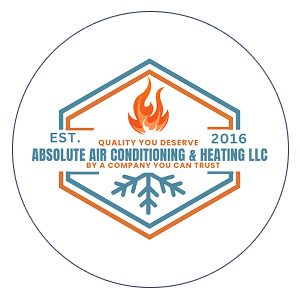A professional AC tune-up is a comprehensive preventative maintenance service performed by a certified HVAC technician to optimize cooling performance. Enhance energy efficiency and extend system lifespan. By inspecting, cleaning and testing each critical component—from thermostat calibration to refrigerant level checks—this tune-up addresses common wear factors that can lead to breakdowns, poor airflow and high utility bills. In this guide you’ll discover the step-by-step checklist of a professional tune-up, the key benefits of regular maintenance, typical costs, when DIY tasks are safe and when to call a pro, an overview of all major AC components, common homeowner questions and tips for maximizing every service visit.
What Is Included in a Professional AC Tune-Up? Step-by-Step Checklist
A thorough AC tune-up involves systematic inspection, cleaning, lubrication and performance testing of every major part of the air conditioner. This process ensures each element—from controls to coils—operates within manufacturer specifications, preventing breakdowns and inefficiencies. The following detailed steps demonstrate how a professional service transforms a neglected unit into a reliably cool, energy-efficient asset.
For those exploring the complete scope of HVAC maintenance and service protocols. The Ultimate Guide to Air Conditioning Service in Las Vegas provides a broader understanding of system care and optimization for peak cooling performance.
How Does Thermostat Calibration Ensure Accurate Temperature Control?
Thermostat calibration verifies that the control device reads and maintains the desired indoor temperature within ±1°F, preventing short cycling or extended run times. A technician uses a precision thermometer and multimeter to compare actual room temperature against the thermostat’s display and adjusts internal sensors or settings as needed. Proper calibration supports consistent comfort, reduces compressor stress and aligns system operation with user expectations. Ensuring accurate communication between the HVAC technician and the air conditioner sets the stage for optimal system performance. With calibration complete, the focus shifts to maintaining unobstructed airflow by inspecting the air filter.
Why Is Air Filter Inspection and Replacement Essential for Airflow and Air Quality?
Inspecting and replacing the air filter prevents debris buildup that restricts airflow, forces the blower motor to work harder and degrades indoor air quality by recirculating dust and allergens. A technician examines filter type, MERV rating and condition, cleaning reusable media filters or installing a new pleated filter rated for optimal particulate removal. Benefits include enhanced system efficiency, reduced energy consumption and healthier indoor environments.
A clean air filter also supports the system’s ability to maintain balanced comfort through each season. Homeowners often wonder How Often Should You Service Your Air Conditioner?, as scheduling timely inspections directly affects efficiency, reliability and indoor air health.
How Does Condenser Coil Cleaning Improve Heat Dissipation and System Efficiency?
Cleaning the outdoor condenser coil removes dirt, leaves and pollen that act as thermal insulation, impeding heat transfer from refrigerant to the outside air. Using coil-safe cleaners and soft brushes, the technician dissolves grime and flushes debris, restoring full coil surface area for efficient heat rejection. Enhanced heat dissipation lowers compressor workload, reduces run times and cuts energy consumption by 5–10 percent. Regular coil maintenance also prevents corrosion and prolongs coil life.
What Is the Importance of Evaporator Coil Cleaning for Cooling Performance?
Cleaning the indoor evaporator coil ensures the refrigerant absorbs maximum heat. Dust or microbial buildup can block this process. Technicians use foaming coil cleaner and rinse off residue. This restores airflow across the coil fins. It also improves latent heat removal for better dehumidification. A clean coil keeps supply temperatures stable. It prevents ice formation and maintains balanced humidity in the home.
For those evaluating which maintenance tasks are best handle at home, DIY vs Professional AC Maintenance: What’s Worth It? offers clear guidance on safe homeowner practices versus procedures that require certified expertise.
Why Should the Condensate Drain Line Be Cleared During a Tune-Up?
Clearing the condensate drain line removes algae, sludge, and blockages. These can cause water to back up or overflow. Blockages also encourage mold growth around the indoor unit. Technicians use a wet-dry vacuum and approved biocides. This ensures a clear path from the drain pan to the outdoor drain. It prevents water stains, structural damage, and health risks from microbes.
How Does Lubrication of Moving Parts Reduce Wear and Save Energy?
Applying friction-reducing lubricant to the blower motor shafts, fan bearings and linkages minimizes mechanical resistance, extends component life and enables more consistent airflow at lower power draw. Proper lubrication safeguards the system’s internal mechanisms and supports smoother, quieter operation throughout the season.
Homeowners evaluating repair frequency or system age often face a decision point—AC Replacement vs Repair: When to Upgrade—to ensure continued efficiency and cost-effectiveness in long-term comfort management.
What Safety Checks Are Performed on Electrical Connections?
Inspecting and tightening all electrical connections, including terminal blocks, contactors and wiring harnesses, prevents arcing, voltage drops and potential fire hazards. Stable power flow ensures dependable system operation and long-term safety.
How Are Refrigerant Levels Assessed and Leaks Detected?
Assessing refrigerant charge involves attaching gauges to monitor low- and high-side pressures. Comparing readings to manufacturer specifications and adjusting to the correct ounce count. Maintaining proper refrigerant levels ensures maximum heat absorption, prevents compressor overheating and aligns with environmental standards.
Technicians often find that refrigerant and coil conditions play a major role in air cleanliness and moisture balance, highlighting How Air Conditioning Affects Indoor Air Quality and why proactive service by Absolute Air Conditioning is essential for a healthy living space.
What Are the Typical Costs of a Professional AC Tune-Up? Understanding Value and Pricing
A professional AC tune-up in 2025 generally ranges from $75 to $350 depending on system size, complexity and regional labor rates. Costs vary with accessibility, additional repairs and inclusion of premium services. Investing in preventative tune-ups yields long-term savings by avoiding major component replacement and reducing energy expenses.
To better estimate your seasonal maintenance budget, reviewing How Much Does Air Conditioning Service Cost? provides valuable insights into pricing structures, inclusions and factors that influence service quotes nationwide.
